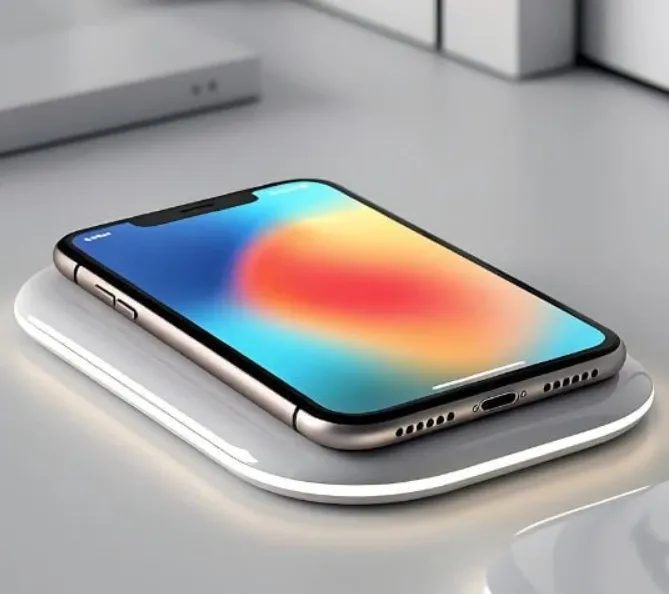Apple’s long-rumored plan to release a completely portless iPhone has officially been shelved—at least for now. The upcoming iPhone 17 Air, which was initially expected to rely solely on wireless charging, will instead feature a USB-C port. This change follows Apple’s decision to comply with the European Union’s universal charging requirements.
A Shift Away from the Portless Vision
For years, Apple has worked toward creating a cleaner, more minimalist iPhone. The company gradually eliminated hardware elements like the headphone jack and the physical home button in pursuit of simplicity. The iPhone 17 Air was meant to be the bold next step, removing all charging ports entirely.
However, new EU regulations mandating USB-C as the standard for all smartphones forced Apple to revisit this concept. Rather than risk regulatory penalties or frustrate consumers with compatibility issues, Apple opted to incorporate the USB-C port into its latest design. This decision allows the iPhone 17 Air to stay compliant across global markets while maintaining a smooth transition for users.
Refined Design and Hardware Upgrades
While the portless experiment may be on pause, Apple is still bringing major refinements to the iPhone 17 Air. The device is rumored to feature a lightweight titanium frame and a 6.6-inch display, designed for both elegance and comfort. It will also support faster 35W charging, a significant step up from previous models.
Interestingly, Apple had tested prototypes with larger 6.9-inch screens but abandoned the idea due to durability concerns. The final version will reportedly be two millimeters slimmer than current models, offering a sleeker profile without sacrificing battery life.
A Practical Move for Users
The addition of USB-C means users can now charge their iPhones using the same cable as their iPads and Macs—streamlining Apple’s entire ecosystem. It also improves compatibility with third-party accessories and chargers, which has been a long-standing request from users.
Although the shift to USB-C might feel like a step back from Apple’s wireless ambitions, it represents a pragmatic decision that balances innovation with real-world convenience. The company continues to invest heavily in wireless charging and data transfer technologies, suggesting that a truly portless iPhone could still be on the horizon.
Conclusion
Set to debut in fall 2025, the iPhone 17 Air will mark a new chapter in Apple’s design evolution. While the dream of a fully portless iPhone remains in the future, this model shows that Apple is willing to adapt when practicality meets progress. The inclusion of USB-C isn’t a retreat—it’s a thoughtful step toward a more flexible and user-friendly experience.
